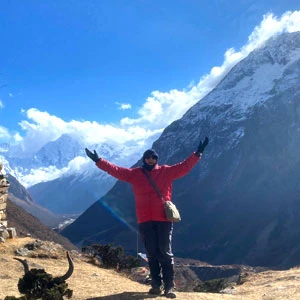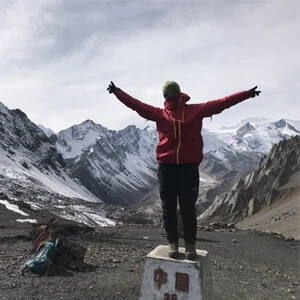Annapurna Base Camp Trek Overview
Second, only to Everest in terms of popularity for base camp treks, the 14-Day Annapurna Base Camp Trek offers a stunning amphitheater of soaring peaks at its destination that many aficionados consider at least on a par with the Khumbu outlook towards the looming massifs of Everest and Lhotse. With Annapurna I standing supreme at a height of 8,091 meters and buttressed by its sister peaks as well as Hiunchuli and Machhapuchhre, the range presents one of the most dramatic and sweeping vistas in all of the Himalayas.
With a cultivated patchwork of wheat fields and terraced rice paddies carved out of the precipitous mountainsides on the one hand and a pristine and verdant landscape of rhododendron forests, myriad waterfalls, and countless scenic outlooks on the other, the Trek to Annapurna Base Camp manages to neatly serve the needs of a diverse body of trekking enthusiasts thanks to the relative ease of the journey. Solo travelers, male or female, adventurous friends grouped, families with young children, complete novices or trail-hardened experts — the trek caters to them all.
Armed with the appropriate permits, this trek commences at the beautiful lake city of Pokhara, from where we head out on the 1.5-hour drive to Nayapul. From there, we set out on a picturesque hike through lush jungles and Gurung villages towards Ghorepani and the nearby outlook of Poon Hill, famous throughout the world for offering one of the most glorious panoramic views of the Himalayas.
After Poon Hill, we gradually hiked towards the Annapurna Base Camp at an altitude of 4,130 meters, where we stood humbled before the natural altar of the massive peaks that ranged around and above us. Do you want perspective? This is it.
The return journey offers a different and refreshing experience, and along the way, we will have the opportunity to avail ourselves of the invigorating hot springs at Jhinu Danda before making our way back to Pokhara.
So, if you are up for a scenically spectacular and culturally diverse trekking experience that’s relatively easy and suitable for all ages, then the Annapurna Valley Trek is the perfect destination for you. Please get in touch with us now and see what we can arrange for this fascinating journey. We think you will love it.
Annapurna Sanctuary Trek Difficulty
The Annapurna Base Camp Trek (also known as the Annapurna Sanctuary Trek) is fit for beginners as well, but it doesn’t mean that this journey will be a walk in the park. The terrain varies, with stretches of steep ascents, narrow paths, and some high-altitude challenges that can test even seasoned trekkers. Additionally, the maximum altitude you face is just above 4,000 meters, which is manageable, but the potential risk of altitude sickness always looms in the corner. Moving on, do not forget the need to continuously walk for 12 to 15 days across diverse landscapes. Likewise, the difficulties you may face during this trek are not only limited to the steep climbs or the long days but it also includes your ability to keep pace, stay motivated, and know how to handle the changing altitude.
Best Time to Trek to the Annapurna Base Camp
Whether you are a first-time or a seasoned trekker, understanding the seasonal variations of the Annapurna region will provide a drastic shift in your trekking journey. Each season transforms the landscape, weather, and overall trekking conditions, creating opportunities for every type of trekker. However, Autumn (September to November) and Spring (March to May) are the ideal seasons for trekking.
Autumn is the most celebrated season while trekking in the Annapurna region and all for good reason. After the Monsoon rain settles in September, it leaves freshly washed skies and rejuvenated landscapes with crystal-clear views of the majestic peaks of Annapurna South, Machapuchare (Fishtail), Hiunchuli, and Gangapurna. Moving on, Spring, stretching from March to May brings life and vibrancy to the trails of the Annapurna Sanctuary Trek. The lower forested region bathes in the colors of pink, red, and white with the vibrant blooms of Nepal’s national flower, rhododendron. Furthermore, the weather also perfectly complements the region with moderate temperature, creating a pleasant environment.
As for the off-seasons of Winter and Monsoon, this trek may get daunting however, they offer unique rewards like serene, uncrowded trails and dramatic landscapes. Generally, it is not recommended for beginner trekkers to take this adventure during these seasons as the conditions get more challenging.
ABC (Annapurna Base Camp) Trekking Permit Costs
When trekking with Nepal Trekking Experts, the permit fees are included in your package. Your experienced guide will obtain all required permits on your behalf with your passport. To enter the Annapurna region, you will require two permits, which can both be obtained in Kathmandu or Pokhara before commencing your trek.
- The TIMS (Trekkers Information Management System) Card costs 2000 Nepali rupees, and as per the latest rule, it will be obtained through the trekking agencies only.
- The Annapurna Conservation Area Permit (ACAP), which costs 3000 Nepali rupees, is available through the Nepal Tourism Board, Bhirkutimandap Kathmandu, or Pokhara.
Are you not satisfied yet? Go for the newly opened, less explored, and less touristy Mohare Danda Eco Community Lodge Trek, Khopra Danda Trek, or the classic Everest Base Camp Trek without any hesitation.
Booking And Payment With Nepal Trekking Experts
To book your trek with us, you have to send a deposit of 10% of the total cost of the trek. Please also forward a copy of your passport, a passport-sized photo, and full flight details if and when available. For your convenience, you may also forward the deposit to us online through our website. It is completely safe, and as soon as you make it, you will get an automatic receipt in your inbox. The rest of the payment can be paid upon arrival.
If you have any questions, do not hesitate to contact us anytime. We are always ready to assist.



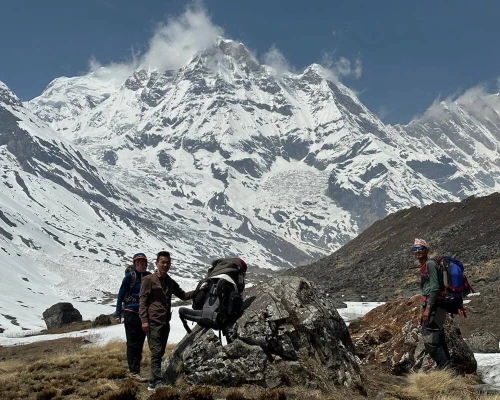
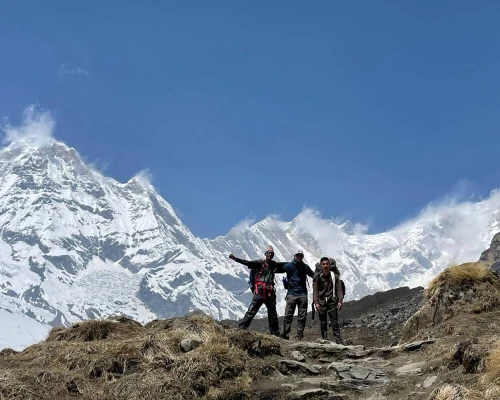
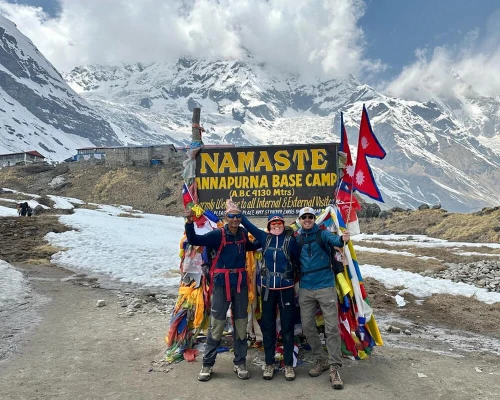
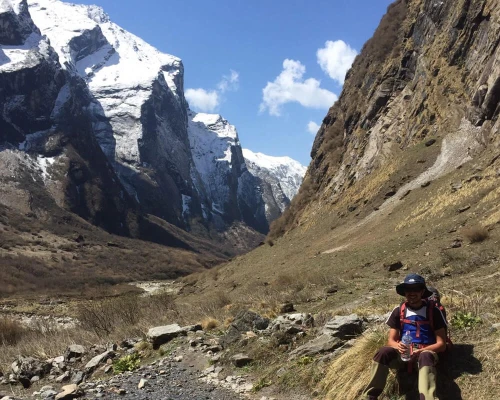
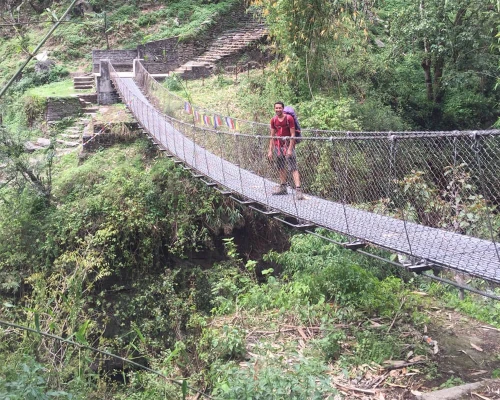
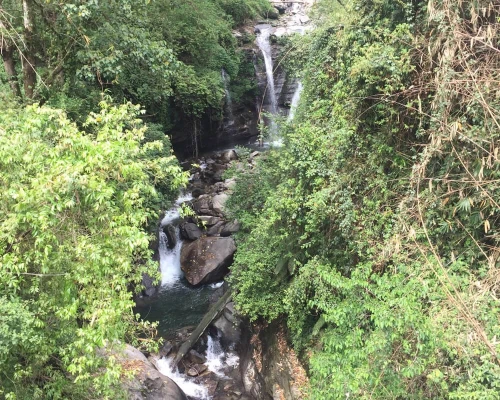
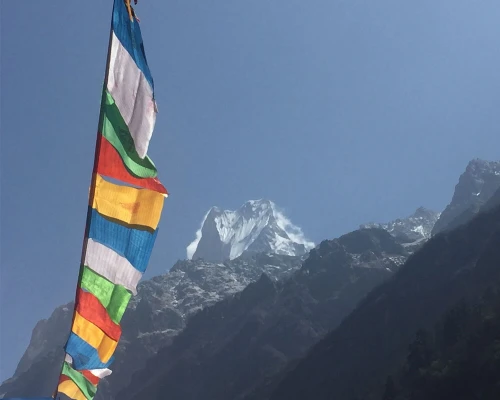
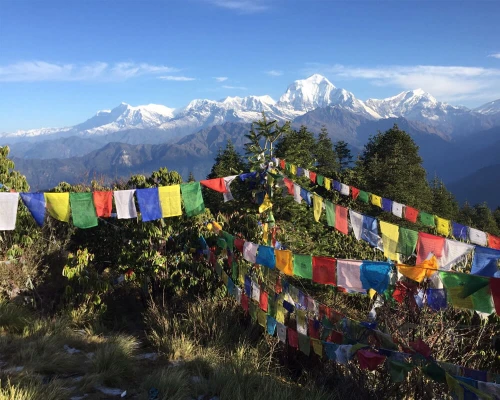

 based on 12 reviews
based on 12 reviews




